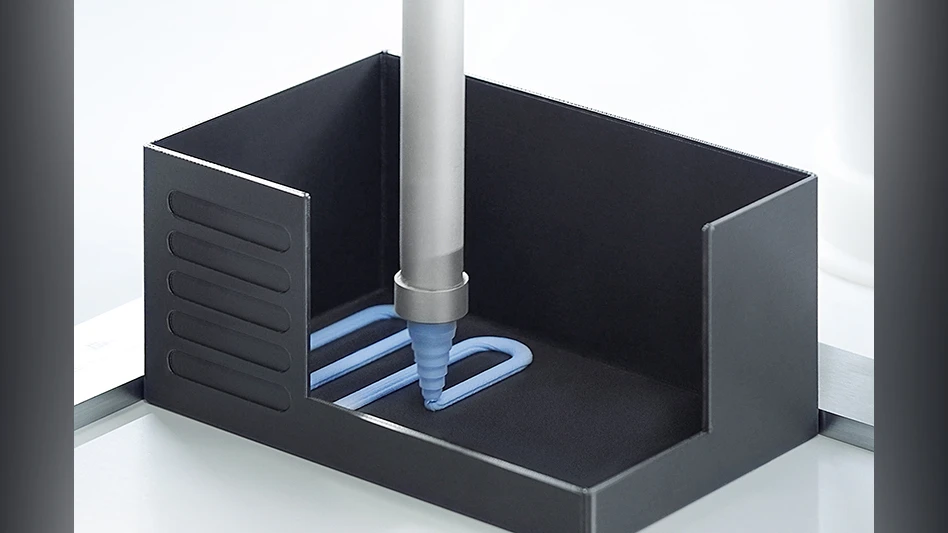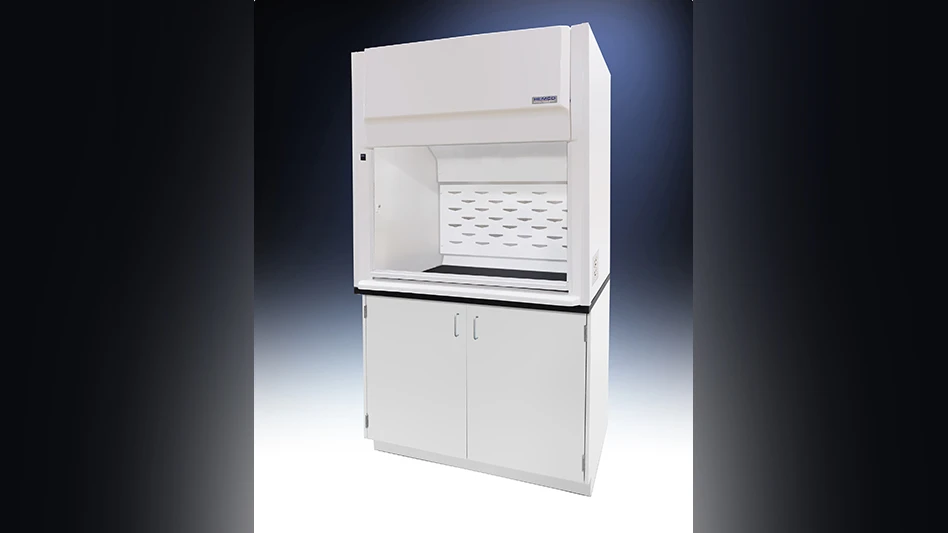 Industry veteran Tony Velocci, in collaboration with Dassault Systèmes, is conducting a series of interviews with experts in the aerospace and defense industry about leadership, the customer experience, and what it takes to successfully compete in today’s challenging business environment. Last issue, Velocci began his series with Bill Swanson, former chairman and CEO of Raytheon Co., and Bob Stevens, executive chairman of Lockheed Martin Corp. This issue he interviews Kelly Ortberg, president and CEO, Rockwell Collins, and Michel Tellier, vice president of A&D, Dassault Systèmes.
Industry veteran Tony Velocci, in collaboration with Dassault Systèmes, is conducting a series of interviews with experts in the aerospace and defense industry about leadership, the customer experience, and what it takes to successfully compete in today’s challenging business environment. Last issue, Velocci began his series with Bill Swanson, former chairman and CEO of Raytheon Co., and Bob Stevens, executive chairman of Lockheed Martin Corp. This issue he interviews Kelly Ortberg, president and CEO, Rockwell Collins, and Michel Tellier, vice president of A&D, Dassault Systèmes.
Velocci: Is there someone in industry, outside of aerospace and defense (A&D) who’s leadership skills and business acumen you admire?
Ortberg: I feel very fortunate to have had the opportunity to replace an individual who was a bona fide industry leader, Clay Jones. I learned a lot from him and he continues to be a mentor of mine. I’ve never met a better communicator.
I am also impressed with what Alan [Mulallay] has done at Ford. He too always had a knack of connecting with employees at Boeing, just as he has at Ford, and helping them to understand the strategy that drives success. That’s an important lesson for all large organizations – the power of getting everybody rowing in the same direction. What Alan accomplished at Ford wasn’t without a lot of help. He would be the first to tell you as much. But he set the tone at the top that allowed the company to become what it is today, which is remarkable.
Tellier: The challenges in the industry require embracing transformational change. A change agent that immediately comes to mind is American icon Alan Mulallay, former CEO of Ford Motor Company.
The industry is poised for change and companies with leaders driving that change will come out ahead.
Alan Mulallay stands out for his impact on Ford as he led the company back to profitability. The ability to lead employees, change the status quo, and ensure delivery of products that capture the imagination of customers is what drives that success.
Velocci: At one time, A&D was synonymous with transformational technologies. Is there still a place in this industry for such investment, given the current emphasis on affordability and industry’s increased aversion to risk?
Ortberg: Oh, I think so. An example of where we believe transformational technology in which we are involved is fusing sensors and digital databases to provide an unprecedented level of situational awareness and safety for pilots. Some Internet-related technologies also will prove transformational and open up all sorts of opportunities to provide new and improved services for air travelers. But while there remains a role for transformational technology in aviation and aerospace, you have to balance it with the market environment that exists today. It’s no longer about technology at any costs. Customers are looking for best value within budget constraints.
Tellier: There are different ways to measure the value of a company. One measure is the value of its human capital. Engineers like to innovate and create new products. If you are not doing things to attract and maintain the best talent, that is a poor testament to where your business will end up. There is an argument to be made for investing more, rather than less on independent research and development (IR&D) to create a culture of excellence.
Also, innovative, top-performing companies are not defined by their products as much as they are defined by their people. And if you are not providing an environment for them to innovate, you will not attract the best engineers. Google and some other companies are going to great lengths to attract the best and brightest. The aerospace industry is struggling to attract top engineering and technical people in critical areas.
Attracting the best people is the first step toward building the foundation to achieve operational excellence. Second is investing in science and technology. If you underinvest in R&D, you will not create the next generation of products that allow you to differentiate yourself from your competitors and grow your business. Winning more business is not about what you did in the past; it’s about what kind of new innovation and technology you can bring to the future. That is true differentiation. You are not going to differentiate your business by simply repackaging what you did yesterday. I believe companies that are not aggressively investing [their own resources] in R&D eventually will have trouble surviving.
Velocci: What is the missing ingredient that generally characterizes under-performing companies?
Ortberg: There are many reasons why a company might be a poor performer, but the two main reasons are either they lost sight of its end market, or it lost sight of its customer, or a combination of both. That is why we continue to invest heavily in R&D: to advance our technologies and stay very close to our customers in our market space. But it is not just about having the best widget. Sustaining a high level of operational performance also requires having your customers’ trust and knowing that they can depend on you – particularly on airplane development programs. Currently we invest 18% to 20% of revenue on R&D.
Tellier: I’ll answer the reverse: top performing companies usually have a focus on the future and focus their investment in new areas of technology.
This process – letting go of previous-generation products and creating the next generation – is essential to remaining relevant and ensuring your long-term future.
We use product lifecycle management (PLM) software to help our customers feel more at ease outside their comfort zones. We just invested several billion dollars to create what we call the 3DEXPERIENCE platform, which is the next generation PLM software aimed at optimizing product creation. We are now deploying it to customers in multiple industries, including aerospace and defense.
Dassault Systèmes
www.3ds.com
Additional insight from Dassault Systèmes’ “Conversations with Global Leaders Series” is available at 3ds.com/aero-leaders.

Explore the October 2014 Issue
Check out more from this issue and find your next story to read.
Latest from Aerospace Manufacturing and Design
- 2024 Favorites: #9 Article – 5 tips for upskilling your aerospace machinists
- 2024 Favorites: #9 News – Siemens acquires Altair Engineering
- 2024 Favorites: #10 Article – How 3D-printed aviation parts can accelerate return to air
- 2024 Favorites: #10 News – Boom Supersonic completes Overture Superfactory
- OMIC R&D hosts Supporting Women in Manufacturing Day 2024
- 4D Technology's AccuFiz SWIR interferometer
- Seventh Lockheed Martin-built GPS III satellite launches
- KYOCERA AVX's CR Series high-power chip resistor





